Exploring 5G new use cases: 5G antennas and 5G mmwave usher a new era of connectivity
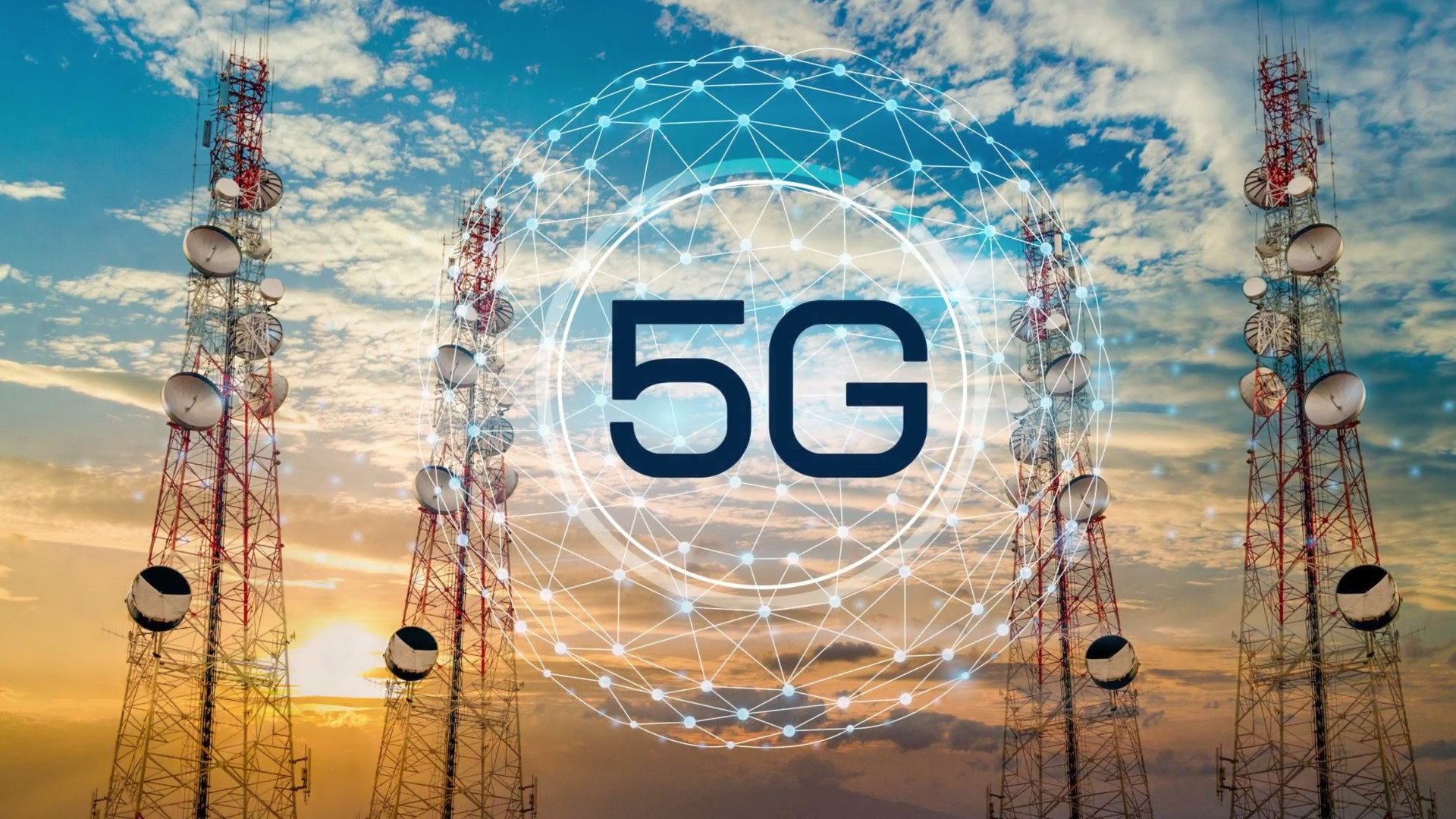
5G deployment has taken a high rise
Today’s digital world has created several changes in the way we do business with a shift in the workspace from corporate areas to small residential areas, it has opened numerous opportunities requiring high-speed Internet connectivity for employee engagement and business operations without interruption. Moreover, the rising data traffic due to interconnected devices present at home, businesses, etc. has presented extra demand for high bandwidth. Due to this, 5G deployment has been accelerated around the world.
What is mmWave 5G?
5G mmWave is a revolutionary cellular technology generally originated in the range of frequency bands above 24GHz to 40GHz - use massive MIMO to expand capacity and extend coverage. Here, a question arises, what is the benefit of 5G mmWave technology / what is a distinguishing feature of 5G mmWave? 5G networks utilizing mmWave or millimeter wave technology that can provide adequate bandwidth (5g mmwave frequency bands) for the growth of internet-connected devices, and for this reason, 5G mmWave will open the doors to several applications such as railways passenger data experience autonomous vehicles, telemedicine, traffic management, indoor shopping centers, education hubs, stadiums, convention centers, and other data-heavy uses.
Some of the benefits are as follows:
-
The mmWave 5G can provide a data transmission speed of 200 Mbps to more than 1 Gbps.
-
Network latency of 5G mmWave is fewer than 10 milliseconds but in the case of LTE, it has a latency of 20 to 30 milliseconds. Difference between mmwave 5g vs 600 mhz 5g is massive and opens up many other avenues for high bandwidth utilisation.
-
5G mmWave has a bandwidth of around 1 Gbps which means higher bandwidth supports faster and more efficient data transmission.
-
The network performance of mmWave 5G (mmwave 5G phones) is offering new opportunities for commercial and residential applications’ wireless broadband services as it’s an alternative to fiber-based wired communication and (FWAs) Fixed wireless access.
-
mmWave 5G phones or 5G CPEs can act as FWAs (Fixed wireless access) to provide Wi-Fi services for commercial and residential applications which are alternatives to fiber-based wired communication.
Challenges in 5G implementation
Now with 5G, operators are expecting to deliver high-bandwidth with low latency technologies implemented in applications to satisfy various use cases as per the business need. In the wake of 5G rollout, operators go through several challenges as listed below:
-
Spectrum bands are auctioned and wireless carriers need to bid for higher spectrum bands to build their proposed use case and involves huge investment in purchasing desired frequency bands for 5G services.
-
The multi-modal environment will apply millimeter wave (5G mmwave) wireless connectivity in urban areas where population density and data make short-range, high-bandwidth solution optimal. Though 5G frequency is a bit higher and enables increased speed Radio frequency (RF) waves above 28 GHz having their own pros as higher frequencies are more immune to interference and able to carry 1000 times more data compared to spectrum ranges currently deployed for previous generation networks. It has cons too attached being unable to propagate nearly as far, and through obstacles like buildings nearly. Mmwave propagation leads to higher path loss, because of higher frequencies with weaker non-line of sight paths and increase in effect of blockage (difference between 5g and mmwave).
-
5G small cell antennas are being used to fix and relay signals around obstacles and are distributed in a much more denser way than present cell phone towers. These small arrays will require to be a bit more compact and non-obstructive such as installations made on top of streetlights. Additionally, MIMO functionality needs various antennas to be synchronized on a device on the same frequency bands.
5G network architecture – Key components
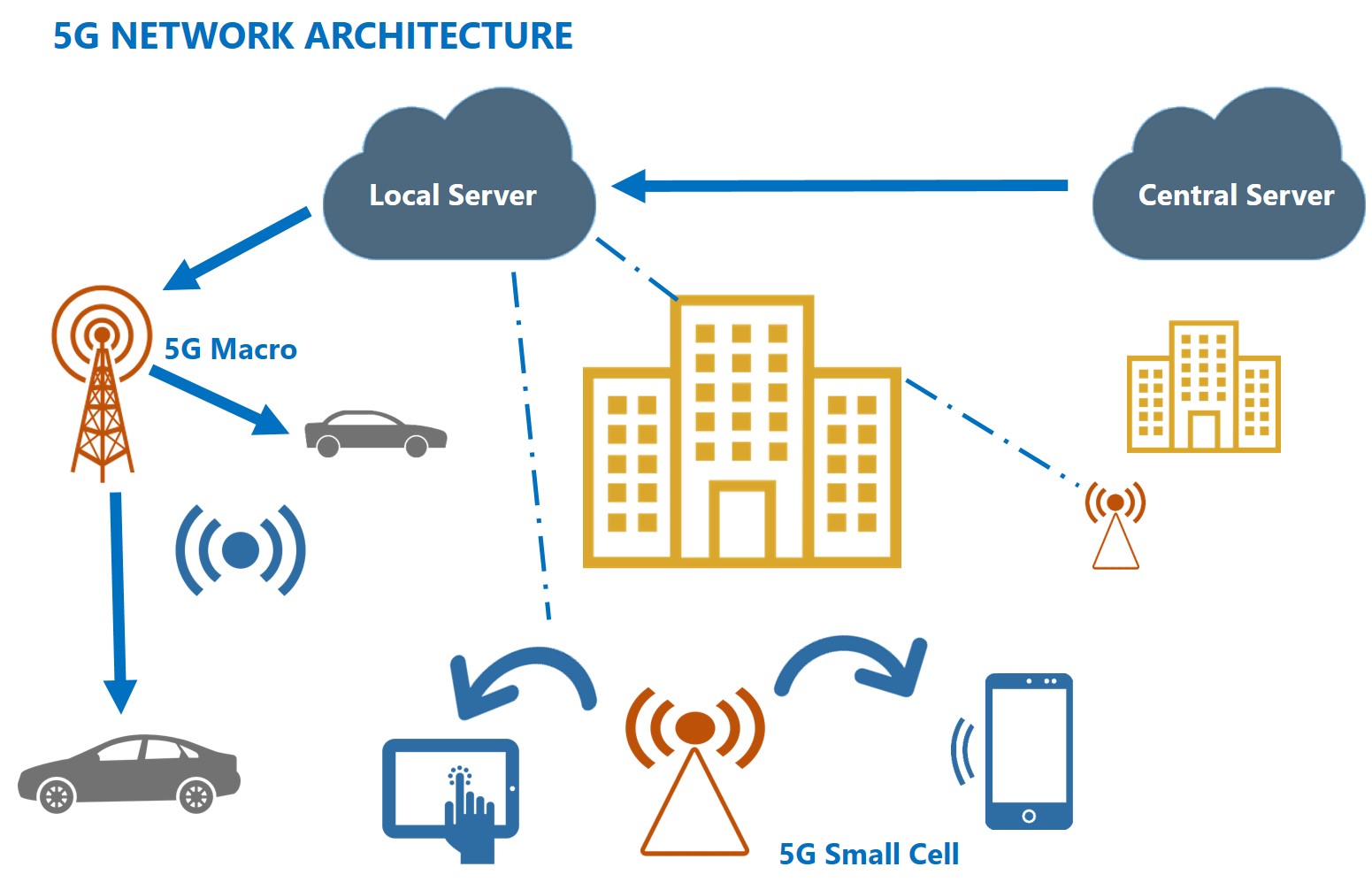
5G antenna - Since many applications being developed with 5G technology are based on different frequency ranges in consider with 5G mobile communication. Hence, it requires different 5G antennas for supporting different frequency bands. 5G will use Advanced Antenna System (AAS) - a mixture of AAS radio and a set of AAS features. AAS includes multi-antenna techniques namely beamforming and MIMO (multiple-input and multiple-output). All bands in 5G needs antenna systems to support them while developing the network.
In the below-given points, it’s mentioned why does 5g mmwave require more cells.
-
5G spectrum – 5G requires a significant amount of new harmonised mobile spectrum so defragmenting and clearing prime bands should be prioritised. 5G spectrum ranges across low, mid and high spectrum to facilitate network coverage to a wider geographical area and support all use cases.
-
Low-band spectrum (e.g. Sub-1 GHz) bolster coverage for urban, suburban and rural areas widely to support Internet of Things (IoT) services.
-
Mid-bands generally offer a good combination of capacity and coverage benefits. Spectrum ranging from 3.3-3.8 GHz is attributed to the majority of commercial 5G networks. 1800 MHz, 2.3 GHz and 2.6 GHz are other bands that may be assigned to or reformed by operators for 5G.
-
With high-band 5G spectrum , ultra-high broadband speeds envisioned for new-age wireless network are being used to provide high throughput services, localized deployments. For instance, provision of indoor coverage to operate industrial IoT seamlessly. Presently, 26 GHz, 28 GHz and 40 GHz 5G frequency are being widely used internationally.
-
5G macro cells – 5G networks are built with macro and small cell base stations having edge computing capabilities. These cells function by applying a system known as MIMO as mentioned earlier and are capable of serving a wide area. Using MIMO antennas that have multiple elements or points/connections to send and receive more data at the same time. It will assist users in connecting to the network simultaneously maintaining high throughput. Operators can proactively monitor cell performance with their mobile network latency, Cell tower signals, speed, call setup success rate and other QoE KPIs for important VIP or high ARPU customer’s cell tower network locations, which is going to serve 5G.
-
5G small cells – Small cells are being considered as the foundation for new-gen wireless networks as they increase network coverage, capacity and density, especially while it is present indoors. It offers more bandwidth for 5G networks without making huge investments in expensive macro sites.
-
5G mmwave - 5G mmwave is a short-range, high-frequency wave with a potential to offer high bandwidth in 5G networks. UK regulator, OFCOM specifies ‘3.25 GHZ’ of spectrum in the 26 GHz band (24.25 GHz – 27.5 GHz) as the pioneer band for new-age wireless networks i.e., 5G across Europe.
In 5G, frequency ranges have been defined as shown in the image below that are being used to develop the network:
-
Range-1 frequency (Sub-6 GHz, less than 6GHz)
-
Range-2 frequency (mmWave, above 24GHz)
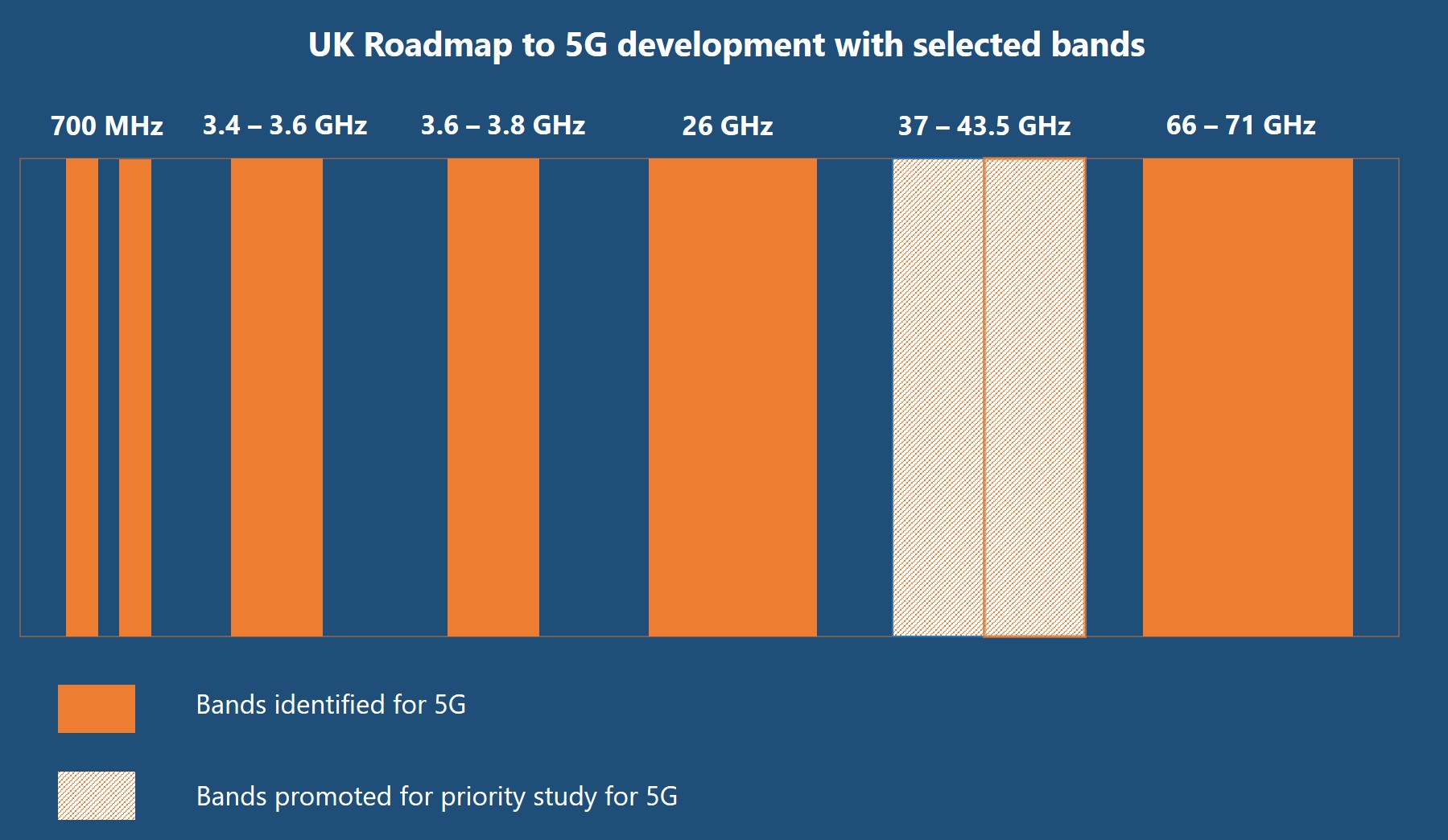
Building instantaneous connectivity with 5G technologies
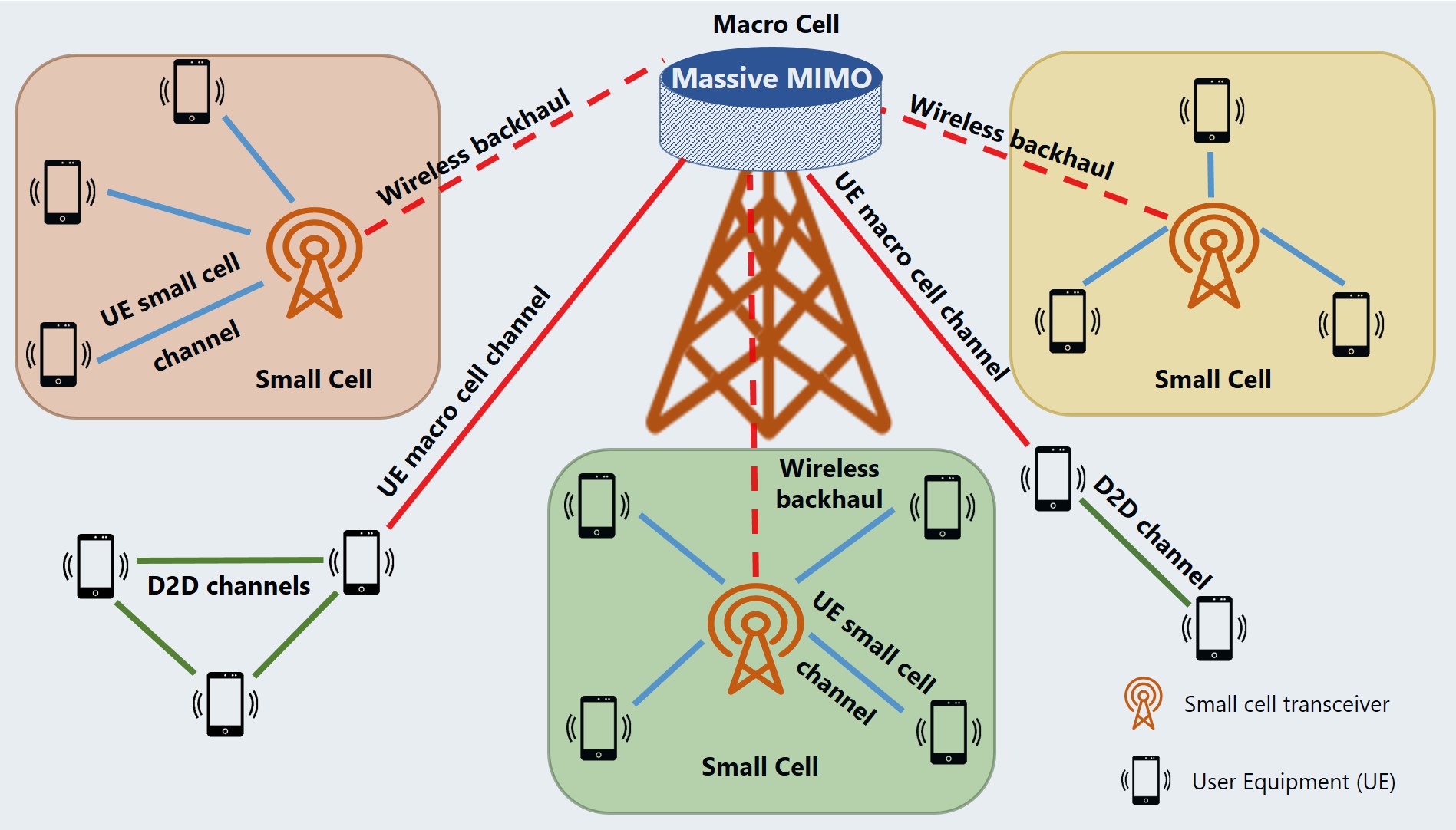
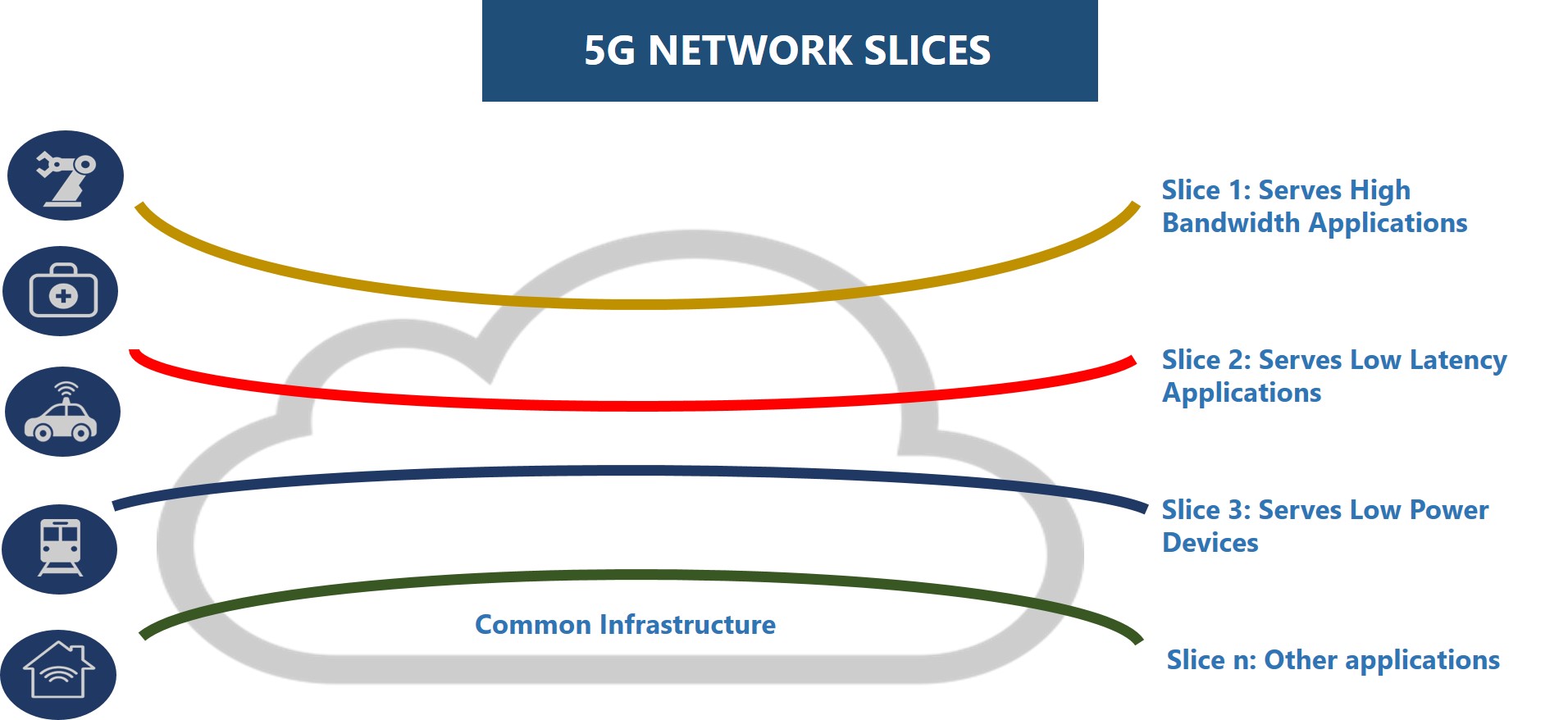
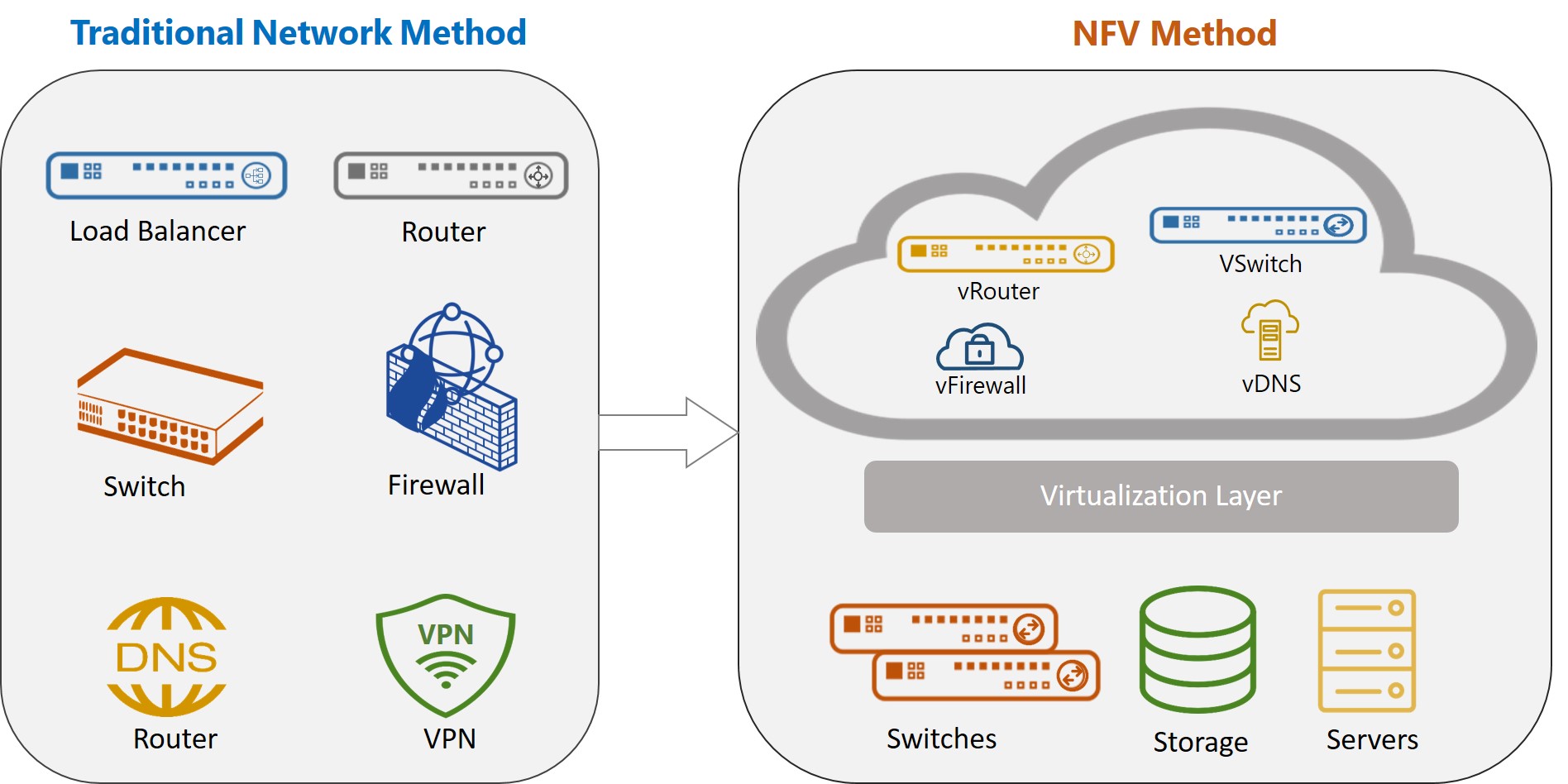
-
Massive MIMO - Massive Multiple Input Multiple Output (MIMO) technology will be used in base stations to move data between the fiber optic backhaul and wireless “last mile” to increase the bandwidth by a factor of five or more over present base stations. Further, implementation of beamforming technology will allow 5G small cell antenna, base stations to send a specific set of data streams to a focused user instead of sending signals in every direction. This will result in avoiding signal interference from all these additional signals. Sending and receiving signals simultaneously rather than one after the other with full-duplex technology is a major driver behind reductions in latency as expected in 5G technology. Underpinning all of this wireless technology is anticipated to be a next-gen fiber optic backhaul with 5G antennas, base stations in order to transport large amount of data over distance.
-
Network slicing - A technology that is implemented to segment a part of network to be used for separate set of services compiled for a specific industry, business or application. For instance, emergency services can be operated on a fragmented network slice on 5G antenna independently from other services/applications/ users.
-
Network Function Virtualization (NFV) - With NFV technology, operators can instantiate network functions irrespective of location in real-time using cloud-based platform. Dedicated hardware such as firewall and encryption running network functions at business premises can now be executed on software virtually. It is considered an essential technology for 5G ready core to enable speed efficiency and agility required to bolster new business applications.
Use cases of 5G
-
Autonomous vehicles - With 5G, a new era of connected cars has begun and is continuously evolving where vehicles need connectivity to communicate with each other. MIMO-based 5G antennas have been proposed by operators for diversity reception including futuristic aesthetic design in a compact format. Integration of nano antennas is expected to deliver features such as self-charging in autonomous cars. Moreover, 5G will create a cloud network for self-driving cars across various major metropolitan areas to share data and make decisions to avoid collisions on roads, and be aware of traffic signals in few kms away real-time from the point to reduce its speed and by the time it reaches the signal becomes green from red.
-
Industry 4.0 - 5G will enable businesses to handle bulk of comprehensive data and analyze it to make decisions faster. Antennas are connected to processors and optimized to function properly in advanced applications used in Industry 4.0. For instance, in manufacturing sector, enterprises can deploy real-time data analytics into automated systems in order to improve efficiency constantly without the assistance of humans. Advanced applications used in Industry 4.0 requires optimizing antenna-to-process by undergoing 5G network testing 5G network testing to check whether it is in correct operating mode or not.
-
Remote Surgery - Robotic surgery is in the process of testing to perform critical health procedures. However, it needs 5G to ensure a high-speed and robust network connection with zero latency. Further, 5G will provide surgeons access to patients anywhere in the world. Such systems are equipped with off-the-shelf network devices namely antennas, network switches, and access points (APs) to build distant-range and short-range communications with robots.
-
Smart Cities – 5G will represent a crucial turning point in the development of Smart Cities as it will generate a huge demand for high-speed connectivity and bandwidth, low latency and the ability to grasp a massive number of interconnected devices and its connections and create new potential services. With mobile global coverage satellite reception, planar antennas are preferred in the development of smart cities being placed in the desired satellite coverage area of footprint and can well-receive signals as they are transmitted.
-
AR/VR Immersive Experiences - 5G has made it possible to give users experience of high-resolution 3D world with extended reality technologies namely Virtual Reality (VR) and Augmented Reality (AR) giving a new sense of wonder. Operators must design specific antennas that can have a profound effect on how AR/VR device works, saving space and delivering high performance simultaneously.
Conclusion
With 5G networks on their way to several iterations of development, critical components like 5G spectrum, 5G antennas, 5G mmwave and many more play a great role in making the technology robust, more powerful and fastest than ever. As the number of 5G antennas and base stations are increasing, the size of these components is getting smaller, leading to complex designs and functionality as per requirements to satisfy a particular use case. Correct positioning of 5G antennas and 5G mmwave frequencies could lead to the development of multiple sophisticated use cases for various industry verticals. Operators need to strictly design network antennas suiting the requisites and the area of placement to deliver excellent network coverage. Network operators have already made 5G on air in a few parts of the world that includes the US, the UK creating significant excitement about this new technology and what it means for the upcoming future. For instance, T- Mobile made its 5G service commercially available to users in more than 5k cities and towns.
Antennas have a pivotal role in enhancing the 5G network with more mobility in new-age sophisticated applications as it continues to improve 5G coverage and optimize bandwidth capacity with a key focus on RF signals on the areas they are required the most. Operators’ vision to develop unparalleled use cases with 5G networks can be accomplished with the correct implementation of antennas and is key to impart communication to craft a more connected future for the community. Exploration of new use cases of 5G in different ways has brought unprecedented opportunities for operators to build new modernized capabilities for the ecosystem and enhance their business productivity for the long haul.







